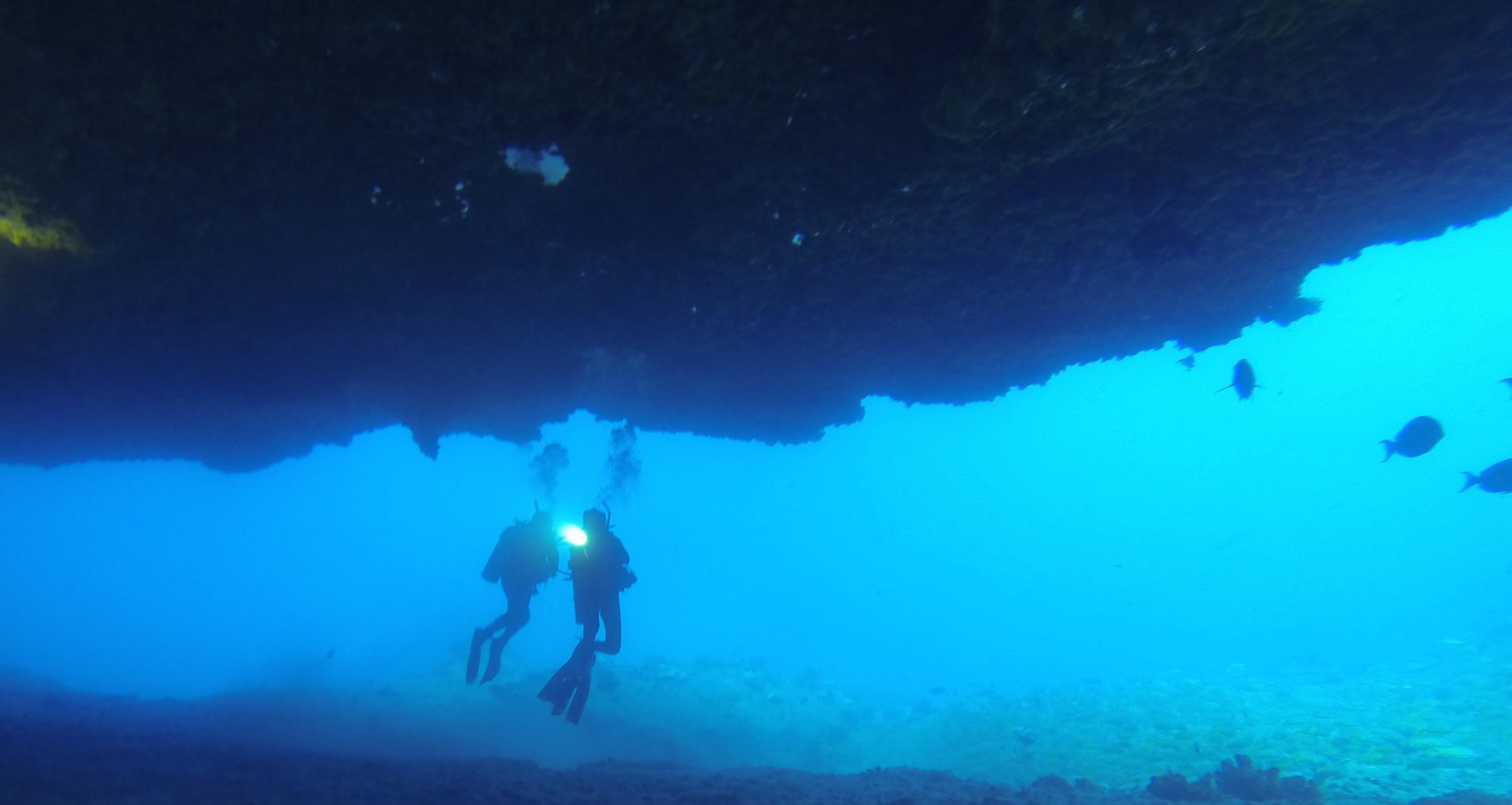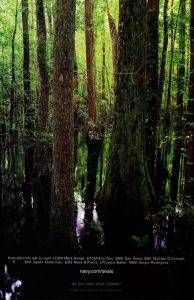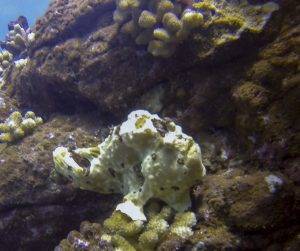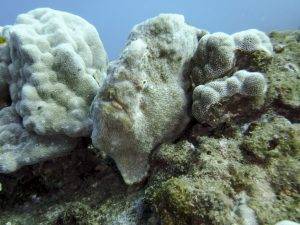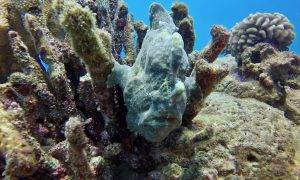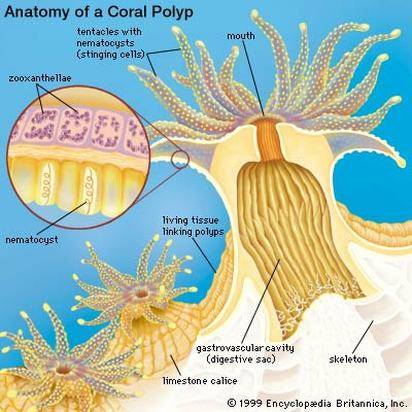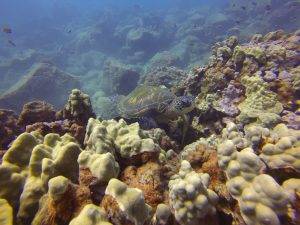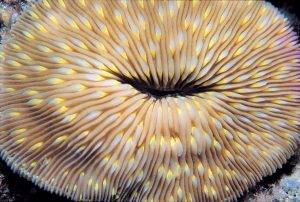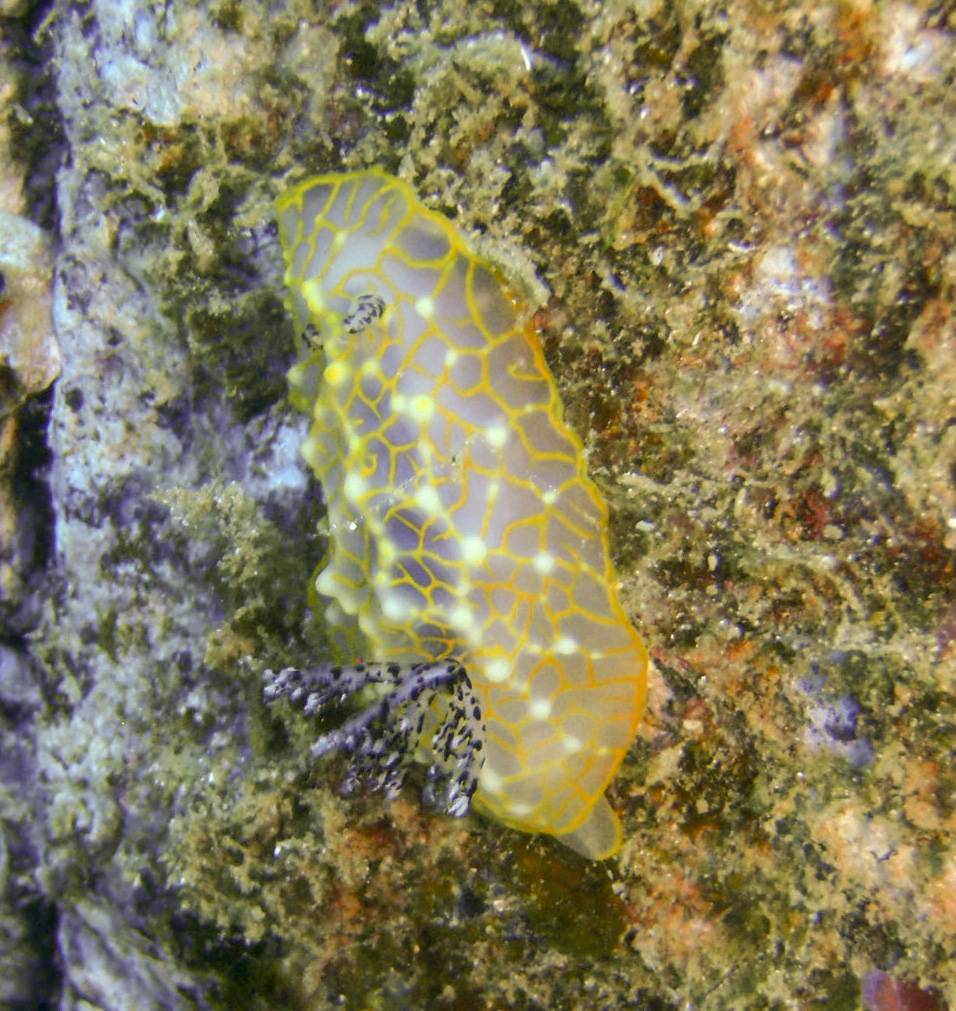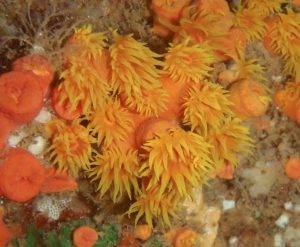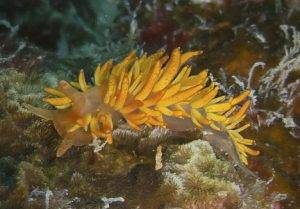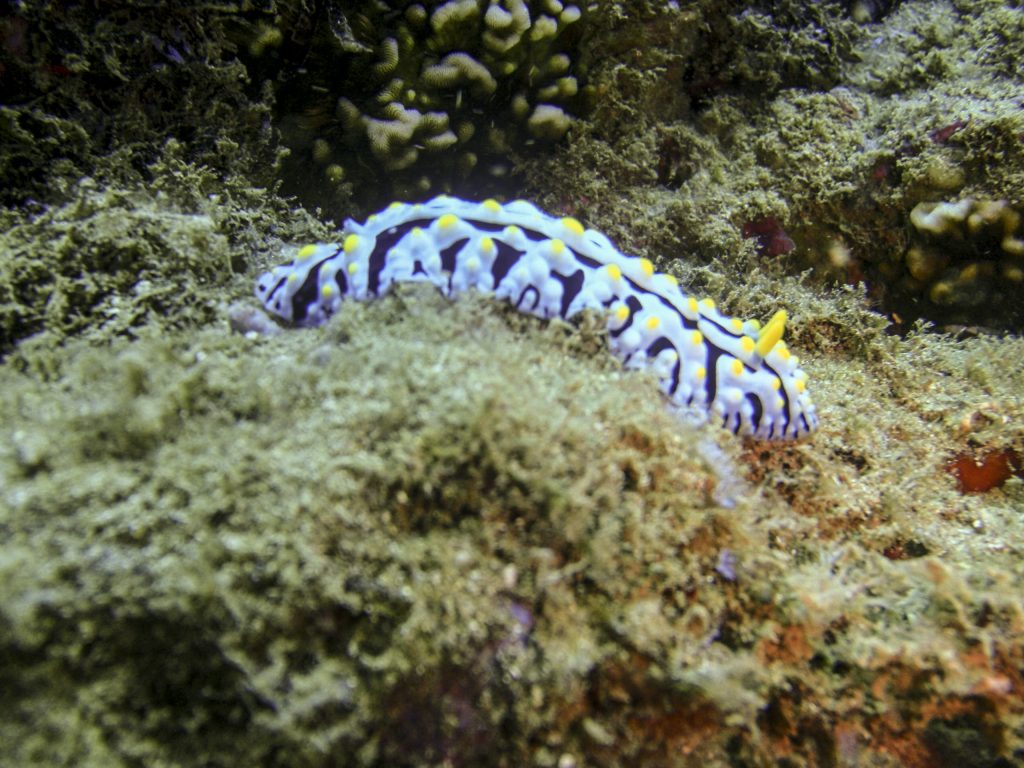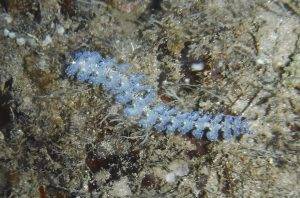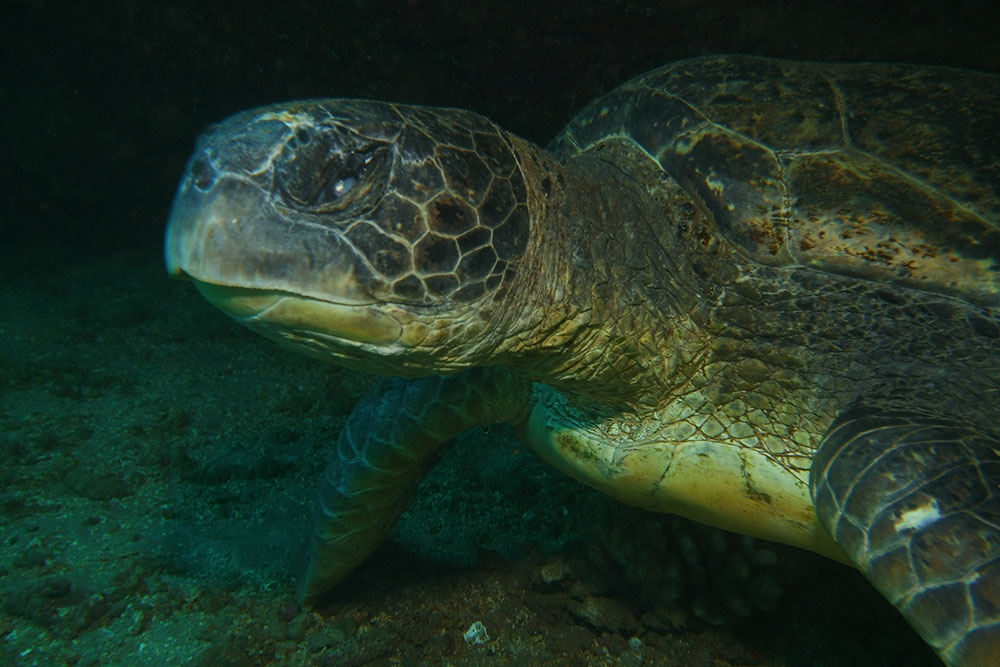
Hale O Honu is one of our favorite Kauai scuba diving sites. It is a very large and healthy coral reef that never fails to deliver a variety of exciting creatures. For most of the people we dive with, the favorite encounters are with the green turtles that are scattered abundantly across this section of reef.
As dive tour guides on Kauai, we know from experience that there are a few places where turtles like to hang out in large numbers – Hale O Honu is one of the busiest. There are a couple reasons why this seems to be the case. First is that the structure of the reef offers many places for the turtles to rest and be protected from predators and from the movement of the water. There are many depressions and overhangs where they can tuck themselves in and just relax.
A second reason is that the shape and depth of the reef is ideal for the growth of algae that turtles eat. A third reason – and the one that offers a lot of real interest to Hale O Honu – is that there is a major cleaning station here.
I have no idea how a cleaning station gets established in the first place but the animals involved clearly know how to make it work! For whatever reason, a section of reef that is not distinct in any way as far as we can tell becomes a place where turtles can simply show up and be cleaned. Most of the work is done by members of the Surgeonfish family. At Hale O Honu, this most often means Goldring Tangs and Brown Tangs. When a turtle wants to be cleaned, it will position itself above the reef and hang in the water with its fins drooping down. Fish will peck away at algae and parasites that grow on the turtle’s shell and skin. It’s a pretty cool arrangement where everyone wins – the turtle gets cleaned, the fish get fed and the scuba divers get to watch it all while having an up-close and personal turtle experience.
Come scuba dive kauai with Garden Isle Divers to have your own personal turtle encounter!
